Bali/Lombok rodent IDs
Our recent – primarily snorkeling – trip to Bali and Lombok has proven surprisingly fruitful for mammals with at least 18 species seen (and possibly more depending on what we can ID). However before I make a proper trip report, I am going to need some help with the IDs, as there is very little material to actually work by, so people’s expertise is gonna be crucial. In this post, I am presenting the rodents, as those are quite straightforward to illustrate. We have also seen quite a few bats that we have IDed only to genus (mainly thanks to Carlos and Fiona) – but I feel like for these it’s better to have as many photos as possible and this would be easier for anyone to view on iNaturalist – so I cordially invite all brave IDers to check out our iNaturalist records from the trip – https://www.inaturalist.org/observations?nelat=-7.25&nelng=118.46&swlat=-10.38&swlng=113.45&taxon_id=40151&user_id=opisska – maybe you’ll also find some mistakes in what’s already IDed!
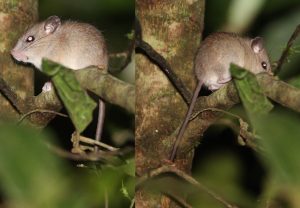
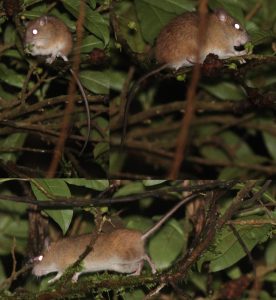
We saw several similarly-looking rodents on Lombok, along the road that passes through mountain forest across the mountain pass (around 1600 m a.s.l.) east of Mt. Rinjani. To me the best candidate seems Indomalayan pencil-tailed tree mouse – with one catch though as it doesn’t seem to ever have been reported from Lombok. Considering how common they were, this is a bit puzzling, because their presence was really hard to overlook.
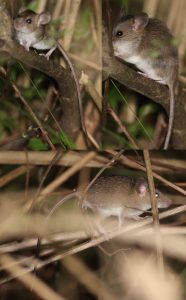
A similar animal was found in the Plantaran resort on the eastern edge of Western Bali NP (where Pencil-tailed Tree Mice should be present), but the tail ears seem quite a bit larger. So at least one of those should be something else? There seem to be several tree-dwelling rat species present on Bali, but it’s quite difficult to find any details on any of those.
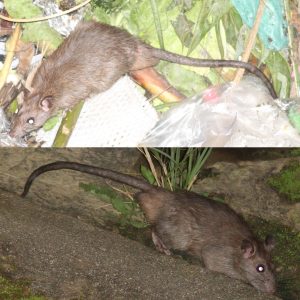
This one I know, this is a rattus. Found in a creek slash rubbish dump in the village that straddles the entrance to the Bali Botanic Gardens (so some 1300 m a.s.l.), there were many of those. Several rattus species are reported from Bali, from Black and Brown rats to some “exotic” species and I have no clue how to tell them apart. I can tell you though that at first sight, those just looked gigantic compared to the Brown Rats we have here in Europe.
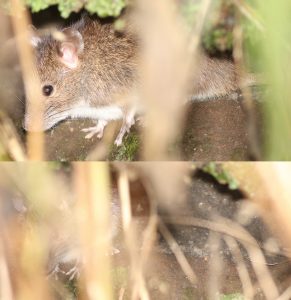
Sadly, there is image of full tail on this one. Found a few hundred meters from the previous rats, hunched in a hole in a wall in a village. Superficially looks similar to the one seen in West Bali on the tree, but why would a tree-dwelling rat choose such a weird hiding place, far from any trees?
Any ideas on any of these animals – as well on others on iNaturalist – would be very appreciated!
Post author
1 Comment
Leave a Reply
You must be logged in to post a comment.


Vladimir Dinets
I am surprised nobody has commented yet. Yes, the Lombok mice look like Chiropodomys gliroides. The one from Bali is probably a juvenile. Ch. gliroides has not been recorded from Lombok as of 1990 (see https://museum.wa.gov.au/sites/default/files/1.%20Kitchener,%20Boeadi,%20Charlton,%20Maharadatunkamsi.pdf); I wonder if it’s a recent introduction or just an omission due to poor coverage (I’m guilty of this, too: been there for just 24 hours and saw only bats). If it’s something else I can’t think of anything. I think it’s worth publishing: could be an undescribed taxon.
The garbage rat is likely R. norvegicus. All other rats on Bali are smaller and have lighter belly (R. tanezumi, R. exulans, R. argentiventer, R. tiomanicus).
The last one is tricky because it’s possibly a juvenile. If it’s a Niviventer, there are two options: N. bukit and N. cremoriventer. The former has pale feet and bicolored tail while the latter has white feet with dark stripe and uniform tail, so should be the latter.
Again, it’s possible that I’m missing something.